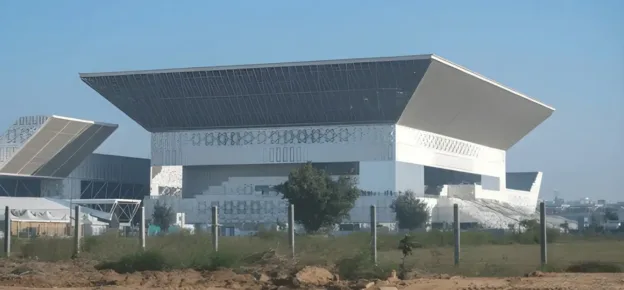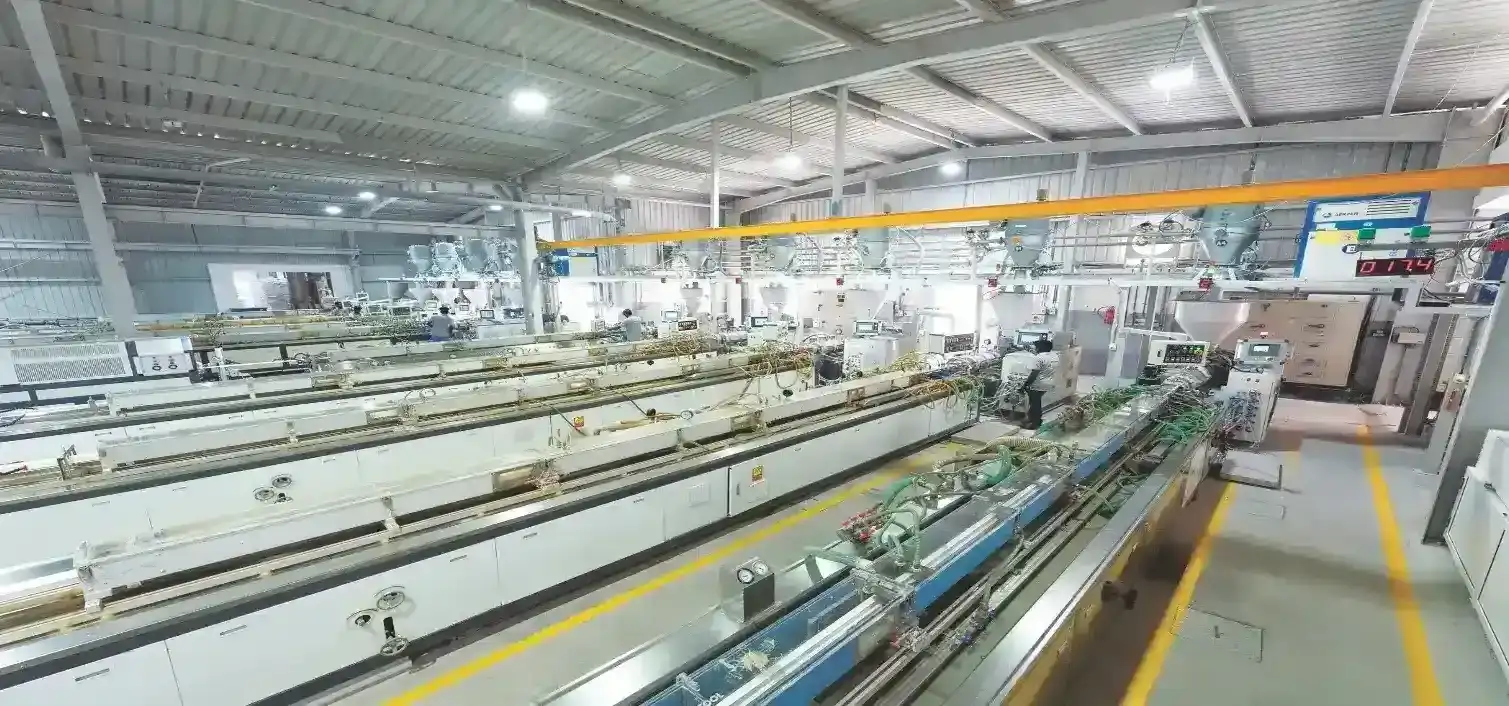High-rise buildings, towering marvels of modern architecture, stand as symbols of human ingenuity and progress. However, beyond their awe-inspiring aesthetics and innovative designs, there’s a very serious risk that can give nightmares to the occupants—water infiltration from the façade. Water penetration, if left unchecked, can cause structural damage and serious damage to the electrical, data cabling, and furnishings, which could lead to costly repairs.
The Silent Threat: Consequences Of Neglected Water Penetration
Before delving into the specifics of these tests, it’s crucial to understand why they are essential. Water intrusion in high-rise building façades, windows, doors, and skylights can lead to a cascade of problems, including:
- Structural damage: Water seeping into a building’s structure can weaken it over time, compromising its integrity and safety.
- Mold and mildew: Damp interiors can foster mould and mildew growth, which not only poses health risks but also causes unsightly and costly
- Electrical short circuit: A poorly sealed opening can lead to water seepage falling on electrical and data circuits crisscrossing within the building, leading to a serious safety risk.
- Aesthetic deterioration: Water stains can damage a building’s appearance, diminishing its value and appeal.
Given these consequences, it’s evident that testing for water penetration is more than just a formality—it’s a necessity for ensuring the longevity, functionality, and aesthetics of high-rise buildings.
There are two steps in testing that are critical to ensure a watertight façade.
- Off-site water infiltration testing as a part of the PMU test is conducted at the testing laboratory before the mockup sample is approved for installation.
- Field water testing is conducted at the site during the installation of the façade system on a progressive basis to ensure consistency in the fabrication and installation process.

Performance Mockup Test At The Laboratory
ASTM E 331 is a standard test method conducted at the testing laboratory as a part of the PMU test to evaluate the water resistance of exterior windows, curtain walls, skylights, and other similar building components. This test is often referred to as the “Static Water Penetration Test.”
The purpose of ASTM E 331 is to assess how well these building components can withstand water infiltration when subjected to a uniform differential static water pressure. The test is typically conducted in a laboratory setting to ensure that the components are water resistant under specific conditions. It’s important to note that this test is just one part of a comprehensive evaluation of a building’s resistance to water penetration.
Here’s A Brief overview Of The Key Aspects Of ASTM E 331:
What the Test Evaluates:
ASTM E 331 primarily evaluates the water tightness of windows, curtain walls, and similar elements when they are exposed to a controlled, uniform water spray. The test helps determine whether the system designed for the project can prevent water from penetrating into the interior of a building, even when a specified differential negative pressure is applied.
Coupled with the ASTM E 331 is the AAMA 501.1 test, developed by the American Architectural Manufacturers Association (AAMA), which assesses a building’s resistance to water penetration under cyclonic conditions. This means it evaluates how well windows, doors, and curtain walls can withstand wind-driven rain, simulating real-life conditions.’

Why is It Done?
Building Envelope Integrity: The test helps ensure that the building envelope, including its fenestration systems, can withstand heavy rain and also effectively checks if external features like bull nose, horizontal trellis work, second skin panels, etc., do not vibrate or rattle during cyclonic windstorms.
Durability: By identifying potential weak points, the test helps prevent long-term structural damage and maintain the building’s appearance.
The AAMA 501.1 test involves subjecting the mockup sample’s exterior to positive water pressures while monitoring for any water ingress using a large fan or a propeller engine. It’s a comprehensive process that includes:
Observation: Trained technicians and the consultant, and the client’s representatives monitor the presence of water leaks inside the testing chamber during the test and document the same using observations and photographs.
On-Site Off-Field Testing
Once the PMU test is successfully completed at the testing laboratory, the consultant signs off for the installation of the façade panels at the site.
The key standards that help us understand the consistency in the quality of fabrication and workmanship of façade panels being installed at the site are AAMA 501.2 or ASTM E 1105

Here’s why AAMA 501.2 and ASTM E 1105 are game changers in the industry:
- Rigorous Testing for Real-World Conditions: AAMA 501.2 and ASTM E 1105 are all about bringing laboratory precision to the field. By subjecting installed windows, doors, curtain walls, and skylights to uniform or cyclic static air pressure differences, it simulates real-world conditions, ensuring that our buildings stand strong against the elements.
- Water Infiltration Prevention: Water intrusion can lead to significant structural damage and indoor environmental issues. This test method evaluates the ability of exterior building components to resist water ingress, ensuring that the elements stay outside where they belong.
- Quality Assurance: Performing AAMA 501-2 or ASTM E-1105, you know that the building façade has been comprehensively tested during the entire process of installation at random locations, and the risk of water leaks happening through the façade is almost negligible. It’s a mark of quality and reliability, which is essential in the construction industry.
- Protecting Your Investment: Whether you’re a homeowner or a commercial property developer, knowing that your doors and windows meet these high standards provides peace of mind. It’s an investment in the long-term performance and durability of your building.
Let’s remember that the building envelope is the first line of defence against the elements. Conducting water penetration tests at an accredited third-party lab and at the site will help the occupants enjoy a façade without water leaks.
With a rich history spanning over 10 years, Winwall Technology India Pvt Ltd has firmly established itself as a trusted agency in the testing industry. Having successfully completed 450+ projects, our extensive experience has garnered credibility and reliability in the façade and fenestration industry.















